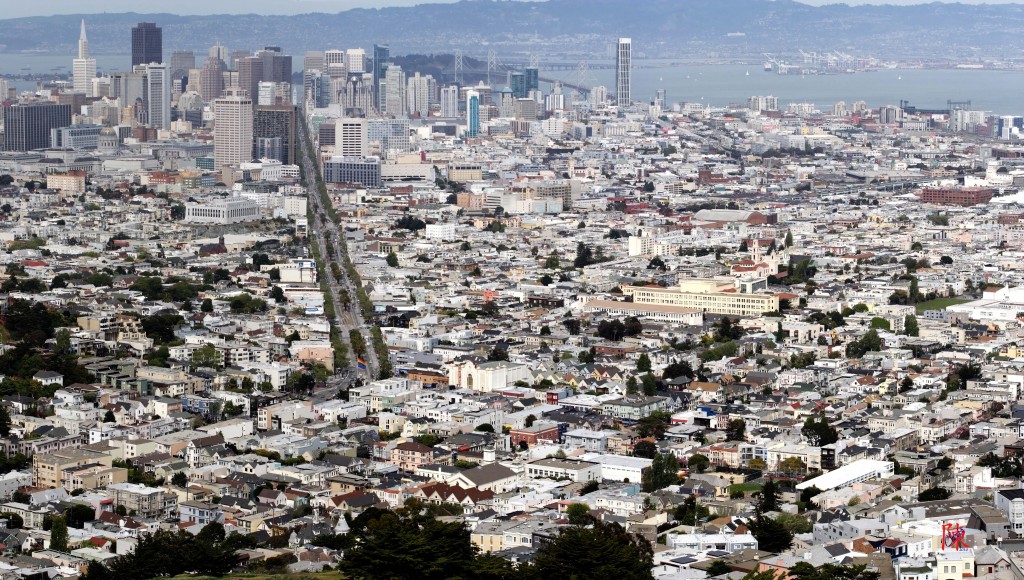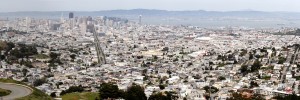When visiting places, many people struggle to capture shots that represent what they see and experience. For vast landscape scenes, panoramic shots generally is one of the main answers. In this area, technology has helped make the capturing of the photo easier but processing challenges arise. Most of the challenges lie in the way that the camera works with the lense. Perspective, distortion and blending are three key elements that must come together to produce a decent panoramic image. The effort to merge several photos into one and make it look consistent and natural can be challenging.
Most of today’s photo processing programs do a pretty good job at automatically finding stitch points and stitching the photos together. Hardware and software requirements vary and memory handling sometimes is a key factor in processing (more on that in another posting). Correcting photos for barrel distortion, uniform color, contrast and tone, and finally adjusting for perspective is where this process gets challenging. For example, the above shot, taken from Sutro Hill in San Francisco, at first glance looks okay. However, what many pixel peepers will notice is that this photo is actually a stitched photo, comprising (in this case) of three separate photos.
In this example, three vertical shots were taken to be stitched together. The goal was to capture the view from the top of Sutro Hill looking towards downtown. I chose to shoot vertically to capture as much of the city (from the base of the hill) as I could with as few shots as possible (given my existing equipment). The other option, as a photographer with a modest camera, was to shoot 9 separate horizontal images to get the desired level of city detail. The stitching of the photos in many programs is handled automatically. The method to correct for consistent tone and color, barrel distortion and other nuances distinguishes the better programs from the crowd. Other features, such as the ability to create a Quicktime VR (think real estate 360 degree VR tours) or merging a non-sequenced series of photos either horizontally, vertically or matrixed are all available in various programs. For example, using a friend computer in the field with The Panorama Factory, I used the same seven shots that produced the photo below and converted it into a Quicktime VR fairly easily (as seen by clicking below on “Sutro Hill Panorama” – be patient. Once loaded, click on photo and use mouse or arrow keys to pan left and right).
So now comes the question of which software to use. Most cameras today come with free photo processing software that has the capability to create panorama shots (such as the Canon software) and sometimes Quicktime VR. Commercial and free programs/plug-ins such as The Panorama Factory, Panorama Tools, Adobe Photoshop/Lightroom, PTgui, Panavue, Arcsoft Panorama Maker and a plethora of others exist out there to choose from. Choosing one or a few shall be the subject of upcoming reviews as I search for the “best” one to use…stay tuned!


Informative. Keep up the good work. I look forward to your conclusions.